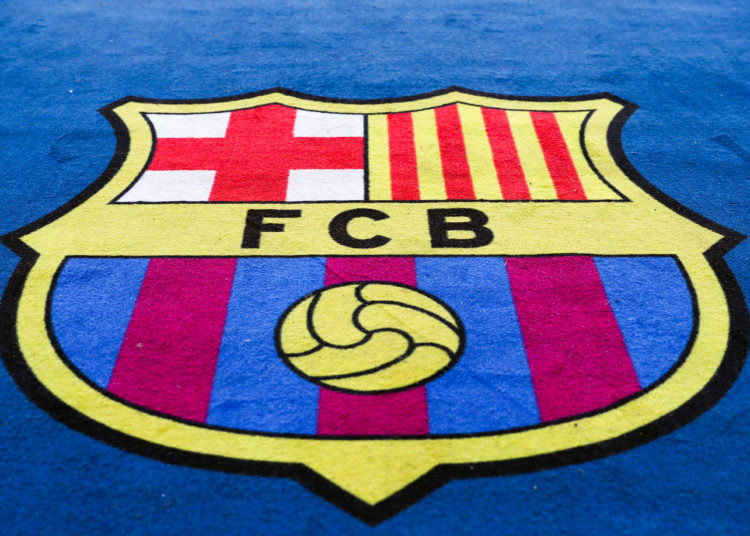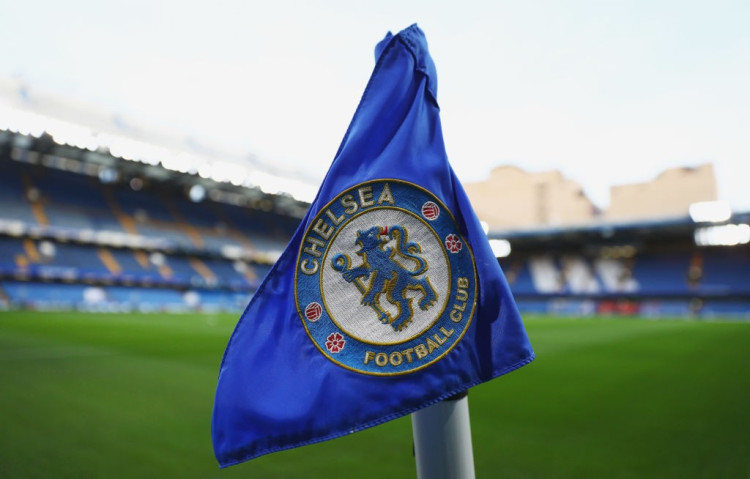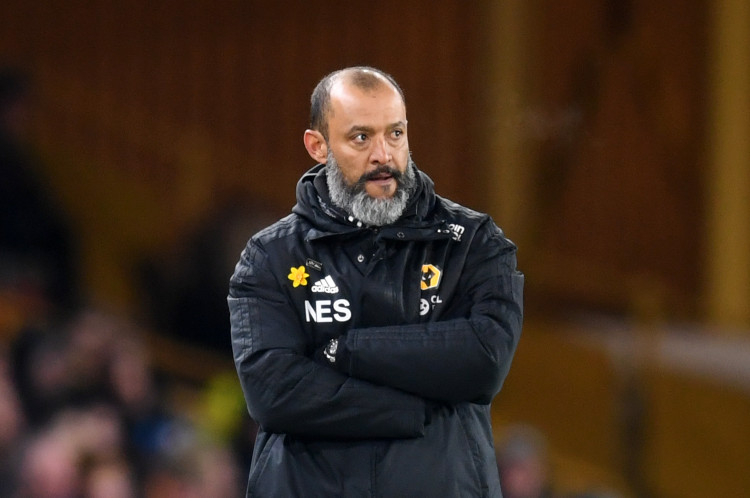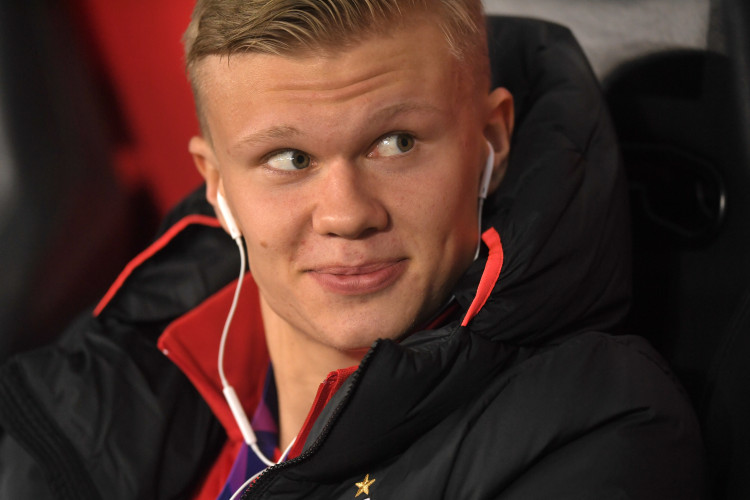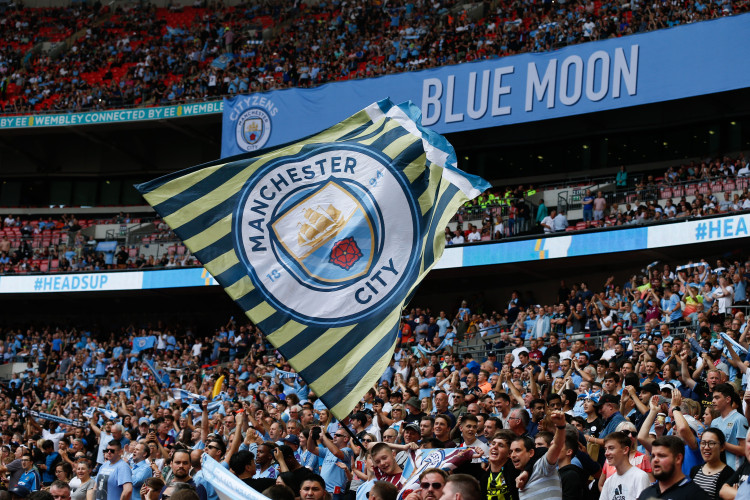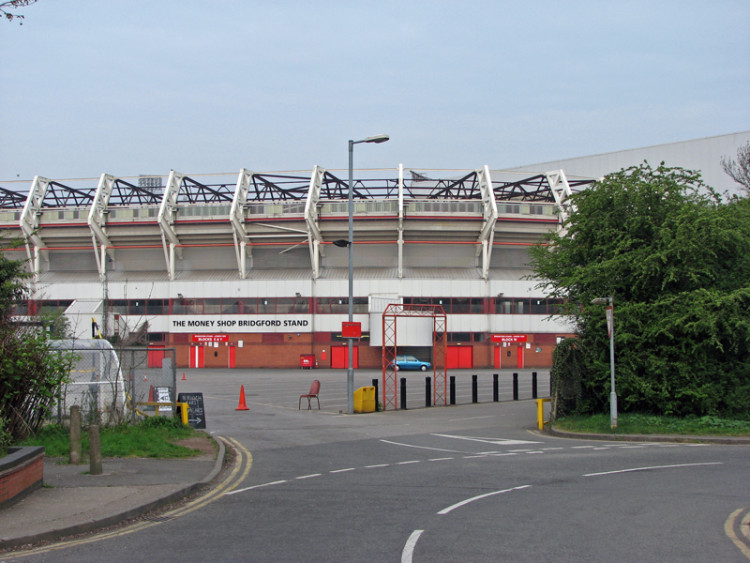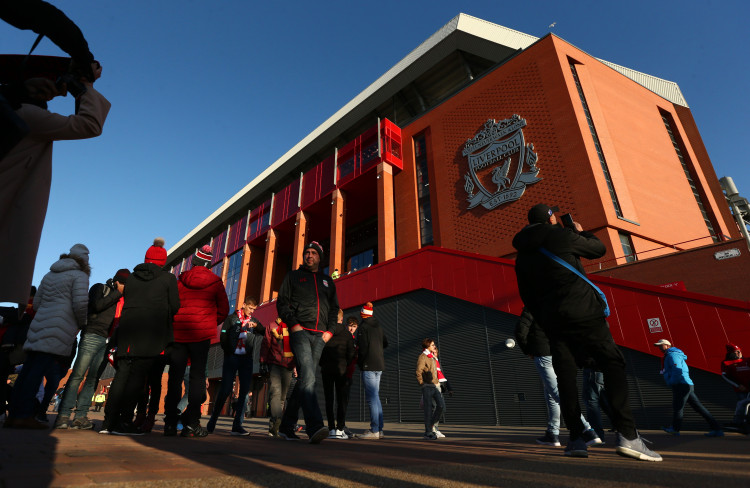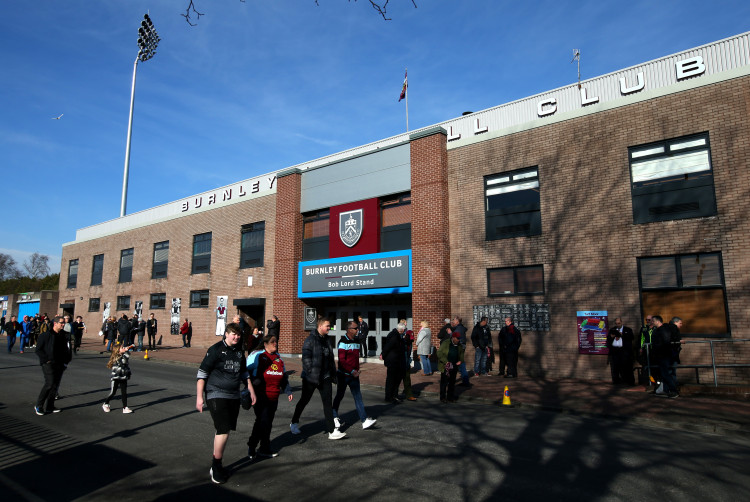
What’s different about Burnley in the 2025/26 season?
Burnley look far more streetwise, compact and adaptable this term, swapping naive idealism for a pragmatic, numbers-backed survival bid that actually feels built to last.
It is always tricky to judge teams properly in the early weeks of a Premier League season, but this time around, the picture is at least starting to sharpen, especially around who is punching above their weight and who is already drifting towards trouble. While Burnley sit in the drop zone and are nowhere near safe, they no longer look like the soft touch that fizzled out under Vincent Kompany the last time they were in the top flight.
After ten Premier League games, Burnley were 17th with ten points, ahead of at least one established side and much closer to mid-table than to being cut adrift. By the time the league reached the 12‑game mark, they remain in that congested scrap, albeit having fallen the relegation zone.
However, crucially they have been competitive in almost every fixture instead of being blown away on a weekly basis. They have lost a majority of their matches, yet they are averaging around 1.2 goals scored per game and keeping the goal difference within touching distance, a far cry from the side that slumped to just 24 points and regular heavy defeats two seasons ago.
In a recent in‑depth look at this year’s promoted trio, it was noted that Leeds United, Sunderland, and Burnley have all banked more points at a similar stage than the promoted sides in the last couple of seasons, hinting that the so‑called promotion curse might finally be fading.
The Clarets are very much the third wheel in that story, as they are less glamorous and less explosive than the other two. However, the numbers back up the idea that this is a more resilient, grown‑up version of the Lancashire-based outfit, even if they are still learning on the job.
Where Burnley stand after 12 games
Strip away the noise, and the picture is relatively clear: Burnley are in a relegation battle, but they are alive and swinging rather than stuck on the canvas. After ten games they were outside the bottom three on ten points, and current projections have them hovering just above the drop going into the busy winter run.
Their win rate is modest, and they have lost over 60% of their fixtures so far. Yet, the underlying trends, tighter margins of defeat, more games in which they score first, and fewer capitulations, point to a side that is learning to survive at this level instead of simply visiting.
Expected‑goals models from early‑season analysis have Burnley much closer to mid‑table in terms of chance creation and chances conceded than their raw points tally suggests, reinforcing the idea that this is not a team constantly clinging on for dear life. They defend in numbers, limit the opposition’s clear chances for long spells and often take games deep before the balance tips either way, as seen in their narrow late defeat against Liverpool when a late red card finally broke their resistance.
Scott Parker appears to have brought some stability to proceedings. That said, they are still second favourites to be relegated. Only Wolves are more likely to go down according to the bookmakers who currently have them priced at 1/6 and Burnley priced at 4/11. If you’d like to know the potential outcome of these odds, you can use an online bet calculator to learn to calculate bet returns. After all, this season should not be dismissed as another yo‑yo season for Parker’s side.
From Kompany’s idealism to Parker’s pragmatism
The big question is the one that hangs over the whole campaign: what has actually changed? The short version is simple enough: the manager, the risk level and the recruitment profile. But each of those shifts shows up clearly when you look at the way Burnley now play.
Under Vincent Kompany, Burnley’s last Premier League stint became a cautionary tale about what happens when a Championship superpower tries to copy‑paste its attacking blueprint into a league full of teams that punish every loose touch.
They pushed high, committed bodies forward, and tried to dominate the ball, only to be ruthlessly picked off in transition; by the end of that doomed campaign, they had just 24 points, one of the worst defensive records in the division and a reputation for being entertaining but naïve.
Parker’s Burnley look almost like the mirror image of that side. The new manager has kept some of the short‑passing principles in the build‑up but wrapped them inside a safety‑first shell, with the team spending long stretches in a compact mid‑block designed to screen central areas and funnel opponents into harmless wide positions.
Instead of chasing the ball all over the pitch, Burnley are now happy to sit in a 4‑2‑3‑1 or 5‑3‑2, stay narrow between the lines and wait for carefully chosen pressing triggers before flooding forward in numbers on the counter.
Scott Parker’s evolving tactical blueprint
Tactical analysis of Burnley’s autumn fixtures paints a clear picture of Scott Parker’s blueprint. One of the cornerstones has been defensive compactness: the back four or back five stay tight, the full‑backs or wing‑backs step out only when possession is secure, and the two holding midfielders screen the space in front, drastically cutting down the volume of clear‑cut chances conceded.
October was flagged as a turning point, with a pair of crucial wins built on this structure, games in which Burnley absorbed pressure for long periods and then sprang forward with quick, direct attacks into the channels. Importantly, Parker has introduced real flexibility, something Kompany never quite embraced at this level.
Burnley now shift between a back four and a back five within matches, tweaking the press when facing wide overloads and dropping an extra body into midfield when the opponent threatens to dominate the centre. Substitutions are less about vibes and more about game‑state control: extra legs in midfield to protect a narrow lead, fresh runners to chase long diagonals when chasing a late goal, and wide players with the work rate to double up out of possession.
Numbers behind the new Burnley
The stats back up the feeling that Burnley have become more stubborn and more calculated. They still concede more than they would like, but their loss rate sits at just over 60% rather than the near‑weekly defeats of the season under Vincent Kompany, and the average goals scored per game is healthier at around 1.2.
Data tracking from tactical pieces suggests their passes per sequence and direct‑speed metrics have only slightly shifted from their last promotion year, meaning they still build from the back but now do it with more caution and clearer escape routes. Defensive metrics are even more telling.
Burnley are giving up fewer shots from prime central areas, forcing opponents to cross from deeper or wider positions instead of slicing through them on the break. When they do break, Parker’s side can turn a loose pass into a counter within a couple of touches, with quick vertical balls toward runners like Zian Flemming or the advancing wide midfielders, an approach that has already delivered two vital wins during their autumn uptick.
Smarter, more balanced recruitment
If Vincent Kompany’s downfall was tactical stubbornness, his transfer strategy did not help either. The last time Burnley were in the top flight, the squad was almost completely overhauled with young, high‑ceiling prospects who often looked like square pegs in round holes, particularly once the pressure began to mount.
There were flashes of quality, but not nearly enough experience or positional balance to help the team ride out the inevitable rough patches. Scott Parker and the current recruitment team have taken almost the opposite route. This summer focused on filling clearly exposed positions and adding players who have already proved they can handle the pace and physicality of top‑level football.
The arrival of left‑back Quilindschy Hartman has given Burnley a modern full‑back who can both defend his flank aggressively and offer a reliable outlet going forward. Meanwhile, experienced figures like Kyle Walker and Martin Dubravka have brought leadership, organisation and a calmer presence in big moments.
Alongside that spine, midfield additions such as Lesley Ugochukwu plus attacking talents like Florentino Luis and other creative runners have injected just enough flair to threaten teams on the counter without sacrificing structure. The result is a squad that looks more like a Premier League group and less like a long‑term development project, which matters when survival is measured in single points and snatched draws away from home.
Fitting into the promoted‑sides narrative
As iterated earlier, we recently highlighted how Leeds United and Sunderland, and possibly even Burnley, might finally shatter the pattern of promoted teams tumbling straight back down. The article pointed out that this year’s trio had already collected more points by a similar stage than struggling promoted sides over the last couple of seasons, crediting smart recruitment, clear tactical plans and a refusal to panic under pressure.
In that context, Burnley are not the headline act; that honour belongs to the more eye‑catching projects at Elland Road and the Stadium of Light. However, the Clarets remain a key part of the story.
Their more grounded approach, built on defensive discipline and incremental improvements, contrasts strongly with the chaotic seasons being endured by some established Premier League clubs, and that gives them a fighting chance of hanging around long enough for the narrative to turn fully in their favour.
The road ahead and the survival question
None of this means Burnley are safe, or even close. They are still firmly inside the cluster of teams the bookmakers expect to be scrapping for their lives in April and May, and their odds of relegation remain among the shortest in the division.
A brutal winter schedule, with trips to bigger sides and six‑pointers against direct rivals, will test both the depth of Parker’s squad and the mental resilience that has been slowly built since promotion. Yet compare this campaign to the one that ended in relegation under Vincent Kompany and the differences feel stark.
Back then, Burnley looked like a concept side: brave, idealistic, but far too open and inexperienced for a league that punishes even minor errors. Now, they are a more rugged, situationally aware outfit, blending a more measured possession game with the willingness to defend deep, change system mid‑match and grind out results by any means necessary.
The recruitment has been more balanced, the tactics are more suited to survival football, and the stats hint that performances are at least as strong as the points on the board. Taken together, those factors suggest Burnley do have the makings of avoiding relegation this time around, even if the margin for error will be slim right to the final weeks.
They may not be the story everyone is talking about yet, but in a season where promoted sides are threatening to break a long‑running curse, Scott Parker’s more pragmatic Clarets are starting to look less like visitors and more like they belong.



